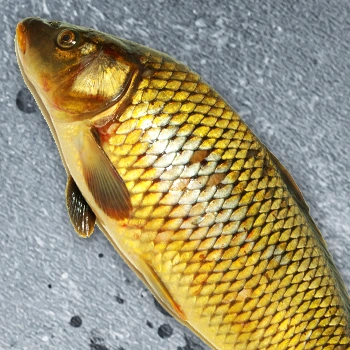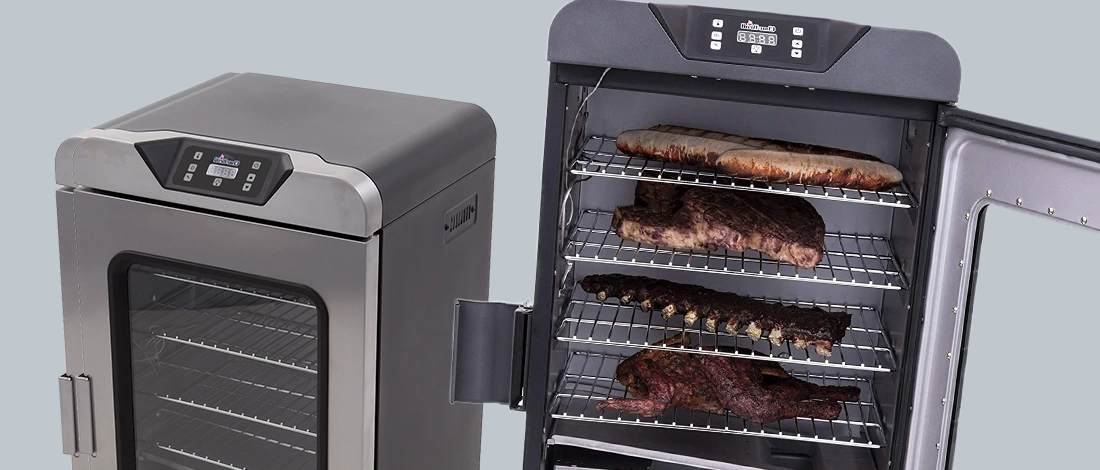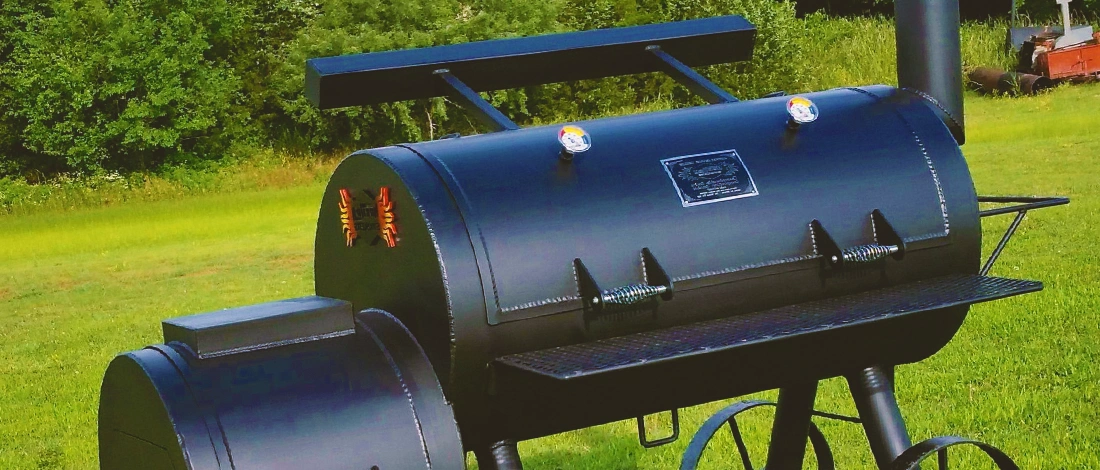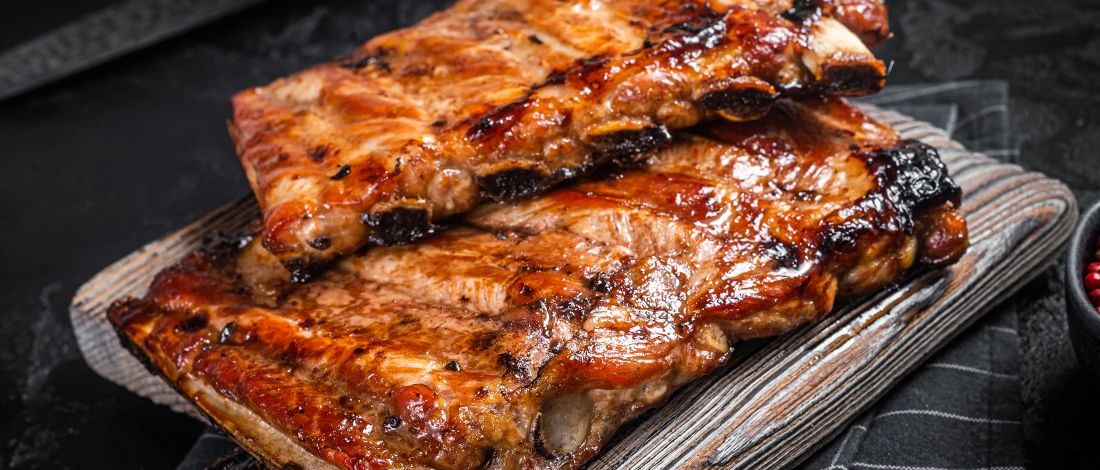In the US, carp has a reputation for unpleasant eating, even though it is considered a delicacy in many other countries.
Smoking it is one of the ways to make its mildly flavored, pink flesh tasty. Here we provide some expert advice when you smoke carp fish that will thrill your tastebuds in an unexpectedly delicious way.
Quick Summary
- Smoking carp involves proper preparation and a slow cooking process, ensuring the fish's mildly flavored, pink flesh becomes tasty. The smoking process takes about 8-10 hours.
- Smoking carp transforms its mildly flavored, pink flesh into a tasty delicacy.
- Medium-sized carp are better for the smoking process than the biggest ones.
Fire up the smoker to start the smoking process, gradually bring the internal temperature to 100°F, and place the smoked carp filets on the pre-oiled racks.
Using a thermometer, monitor the internal temperature in the smoker and slowly increase the heat over eight hours up to 225°F.
You must keep the internal temperature of the filets at a steady 160°F for thirty minutes.
Choosing The Right Size Carp

There are several kinds of carp fish. Grass carp grow rapidly, reaching almost four feet long and weighing more than forty pounds.
In Thailand, a British angler caught an Asian carp that weighed two hundred and thirty-two pounds, or one hundred and five kilograms, but this was a record [1].
Common carp can grow to one or two feet long and weigh between one and eight pounds on average, but they can reach thirty to forty pounds.
They are omnivorous fish that feed mainly on plants but will also eat insects, fish eggs, mollusks, and crustaceans. They are bony with large thick scales and a long dorsal fin [2].
All carp have a high oil content, and fans say that the taste is similar to salmon. The fatty fish and their high fat content make them ideal for smoking.
When selecting a carp for the smoking process, it is better to use a smaller, younger fish than a river giant because it needs to fit in your smoker racks, and the taste is less likely to be muddy.
From The River To The Smoker

Ideally, it would be best if you fished for carp in clean, unpolluted water, which largely prevents a muddy taste.
Any fish that lives in a dirty, contaminated river will taste bad after the smoking process, not just carp.
Contrary to popular belief, carp aren’t bottom feeders, and their meat can have lower pollution levels than other game fish.
Follow these simple preparatory steps to make sure the carp will taste good:
- Step 1: Kill the clean carp fish immediately with a blow to the head, slit the gills and let it bleed out. Carp spoils quickly, so it’s best to gut and gill them shortly after catching them [3].
- Step 2: Pack the carp in ice as soon as possible. This restricts any remaining blood flow into the meaty parts of the fish that you want to smoke.
- Step 3: Clean the carp fish by washing off the slime and skinning rather than scaling it. Scaling it is tricky because the scales and skin are so thick.
- Insert a sharp knife point under the scales above the tail and cut through the skin to the head along the backbone to skin the fish.
- Step 4: Make a short cut along the stomach. Lifting the loose skin with some pliers, peel it away from the spine, starting from the tail.
- Step 5: Fillet the fish in the usual way, getting as much meat off the bones as possible. You don’t have to debone the fillets, but check out this video if you want to see how it’s done [4]. It’s often easier to pick out the bones while eating the fish.
- Step 6: Remove the bloodline from the backbone with a knife or spoon. The bloodline gives it a muddy, oily, intensely fishy taste.
- Step 7: Soak the fish in a covered container filled with brine in the fridge for twenty-four hours, making sure the brine covers them completely. To make the brine, you add one and a half cups of coarse salt to eight cups of water in a pot.
- Bring the water to a boil, stirring to ensure that the salt dissolves completely. You can add some flavorings such as garlic powder, brown sugar, or onion powder to the brine [5].
- Step 8: Remove the fish from the brine, rinse it off if you want to lessen the saltiness a little, and pat it dry using a paper towel.
Smoking The Carp

It takes pretty much the same amount of time to smoke carp as it does to smoke salmon – between eight and ten hours after putting it into the smoker.
However, the smoker's preparation and the woodchips take about two hours.
- Step 1: Soak wood chips for two hours in water before you smoke carp fish. Applewood, cherry, and hickory work well for carp.
- Step 2: Light the smoker and insert a fireproof dish containing water to keep the fish moist. Coat the smoking racks with olive oil to stop the fish from sticking.
- Step 3: Place the wood chips into the smoker and wait until the temperature inside the smoker hits one hundred degrees Fahrenheit. Use an external thermometer with a long stem to track the temperature so you don’t have to keep opening the smoker. Some smokers come with a handy built-in thermometer.
- Step 4: Arrange the carp filets on the smoking racks.
- Step 5: Over three hours, slowly raise the temperature inside the smoker until it reaches one hundred and sixty degrees. The temperature must not rise too fast, or the fish will develop curds [6].
- Step 6: Gradually increase the temperature until it hits two hundred and twenty-five degrees Fahrenheit. To smoke carp fish appropriately, the internal temperature of the fish must reach one hundred and sixty degrees Fahrenheit and stay there for at least thirty minutes. Hence, you need to monitor the heat with your thermometer.
- Step 7: When the fish turns golden brown, remove the smoked carp fish from the smoker. Store smoked fish safely to enjoy them later.
Related:








